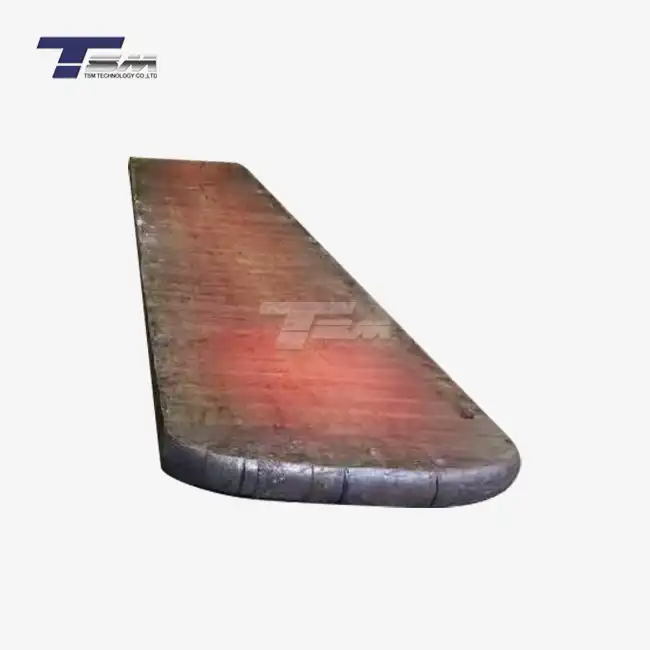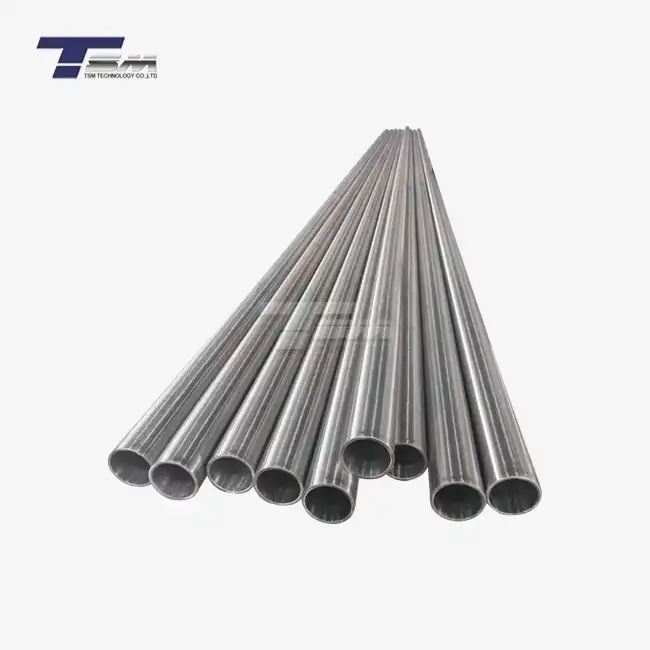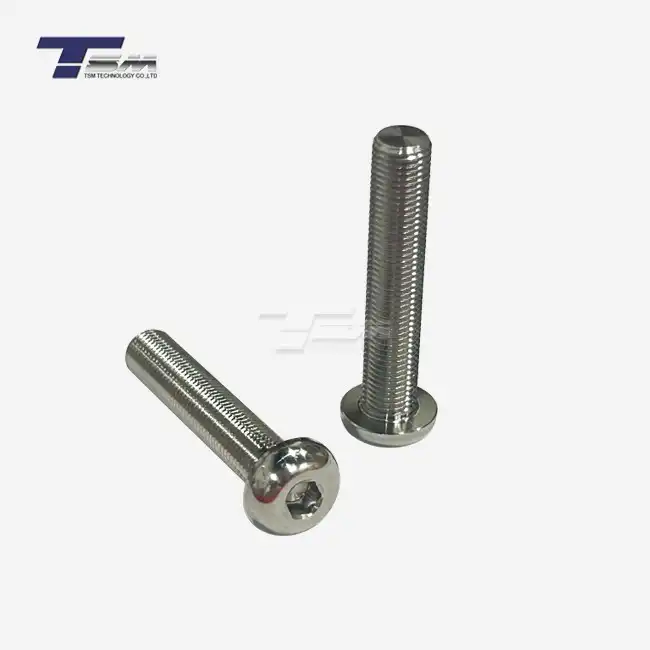The Cold Drawing Process: Enhancing Inconel 718 Properties
Understanding Cold Drawing Mechanics
Cold drawing is a metalworking process that involves pulling a material through a die at room temperature to reduce its cross-sectional area and increase its length. For Inconel 718 round bars, this process begins with annealed stock, which is then drawn through a series of progressively smaller dies. The material undergoes plastic deformation, resulting in work hardening and grain elongation. This transformation significantly alters the microstructure of the alloy, leading to enhanced mechanical properties.

Microstructural Changes and Their Impact
During cold drawing, the grains within the Inconel 718 bar elongate in the direction of drawing, creating a fibrous structure. This alignment of grains contributes to the material's increased strength and improved directional properties. Additionally, the process introduces dislocations and other crystal defects that further strengthen the alloy. The refinement of grain size also occurs, which enhances the material's resistance to crack propagation and improves its fatigue life.
Optimizing Drawing Parameters
Successful cold drawing of Inconel 718 round bars requires careful control of various parameters. The drawing speed must be optimized to prevent excessive heat generation, which could lead to dynamic recrystallization and loss of the desired properties. The reduction ratio per pass is another critical factor; too high a reduction can cause internal defects, while too low a reduction may not achieve the desired property improvements. Proper lubrication is essential to reduce friction and prevent surface defects. Manufacturers must fine-tune these parameters based on the specific grade of Inconel 718 and the desired final properties of the bar stock.
Benefits of Cold-Drawn Inconel 718 Round Bars
Enhanced Mechanical Strength
One of the primary advantages of cold drawing Inconel 718 round bars is the significant increase in tensile strength and yield strength. The work hardening effect can boost the ultimate tensile strength by up to 30-40% compared to the annealed condition. This enhancement makes cold-drawn Inconel 718 bars ideal for applications requiring high load-bearing capacity, such as aircraft engine components and oil well drilling equipment. The improved strength-to-weight ratio also contributes to weight savings in aerospace applications, where every gram matters.
Improved Surface Finish and Dimensional Accuracy
Cold drawing imparts an excellent surface finish to Inconel 718 bars, reducing or eliminating the need for subsequent machining operations. The smooth surface not only enhances the aesthetic appeal but also improves fatigue resistance by minimizing stress concentration points. Furthermore, the process allows for tight dimensional tolerances, often achieving accuracies within ±0.05mm. This precision is crucial for components in gas turbines and nuclear reactors, where exact fits and clearances are essential for optimal performance and safety.
Enhanced Corrosion Resistance
While Inconel 718 is already known for its excellent corrosion resistance, the cold drawing process can further improve this property. The densification of the material's structure during drawing reduces the potential for intergranular corrosion. Additionally, the smoother surface finish minimizes areas where corrosive agents can accumulate, thereby enhancing the overall corrosion resistance of the Inconel 718 bar. This improvement is particularly beneficial in marine environments and chemical processing applications, where the material may be exposed to aggressive substances.
Challenges in Cold Drawing Inconel 718 Round Bars
Material Hardness and Tool Wear
Inconel 718's inherent hardness and work-hardening characteristics pose significant challenges during the cold drawing process. The high strength of the alloy leads to rapid tool wear, necessitating frequent die replacements and increasing production costs. To mitigate this issue, manufacturers often use specialized die materials such as tungsten carbide or diamond-coated tools. Additionally, optimizing the drawing sequence and employing intermediate annealing steps can help manage the material's hardness and reduce tool wear.
Residual Stress Management
Cold drawing inevitably introduces residual stresses into Inconel 718 bars. These internal stresses can lead to dimensional instability, warping, or even cracking during subsequent machining or heat treatment processes. Managing residual stresses requires careful control of the drawing parameters and may necessitate stress-relief heat treatments. However, such treatments must be carefully designed to avoid negating the beneficial effects of cold working. Manufacturers often employ techniques like controlled back-tension during drawing or specialized stress-relief processes to minimize residual stress issues.
Achieving Uniform Properties
Ensuring uniform properties throughout the cross-section of cold-drawn Inconel 718 round bars can be challenging, especially for larger diameters. The outer layers of the bar experience more severe deformation compared to the core, potentially leading to variations in mechanical properties and microstructure. This non-uniformity can be problematic in applications where consistent performance across the entire cross-section is crucial. To address this challenge, manufacturers may employ multi-pass drawing processes with intermediate annealing steps or utilize specialized die designs that promote more uniform deformation.
Conclusion
Cold drawing Inconel 718 round bars is a sophisticated process that significantly enhances the alloy's already impressive properties. The benefits of increased strength, improved surface finish, and enhanced corrosion resistance make cold-drawn Inconel 718 bar stock an invaluable material for critical applications across various industries. However, the challenges associated with tool wear, residual stress management, and property uniformity require careful consideration and expert handling. By understanding and addressing these challenges, manufacturers can fully leverage the potential of cold-drawn Inconel 718 bars, meeting the demanding requirements of modern engineering applications.
Contact Us
For high-quality cold-drawn Inconel 718 round bars and expert guidance on their applications, contact TSM TECHNOLOGY at info@tsmnialloy.com. Our team of specialists is ready to assist you in selecting the ideal Inconel 718 bar stock for your specific needs, ensuring optimal performance and reliability in your projects.

_1739071581132.webp)

